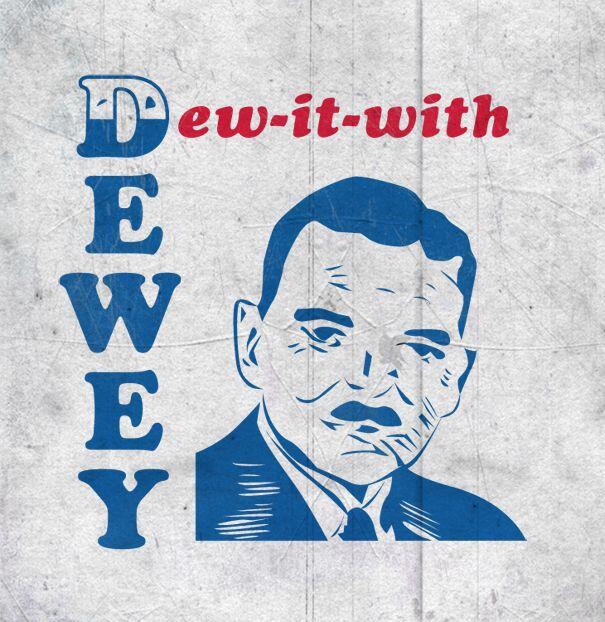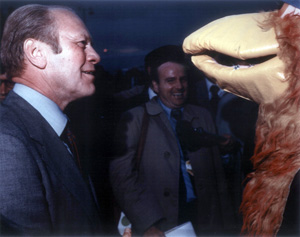by Midnight Freemason Guest Contributor
Bro. David A. McCuistion, PM, 32º, KCCH
Are you fully satisfied with
the growing uncivil culture magnified through movies, TV programs and society
in general?
 How does it affect your leadership, more
specifically your "serving the needs of society”, which your behaviors
broadcasts to those with whom you interact each and every day.
How does it affect your leadership, more
specifically your "serving the needs of society”, which your behaviors
broadcasts to those with whom you interact each and every day.
I am proposing that everyone
resolve to be more civil not only in their leadership, but also in their
everyday lives and personal interactions with everyone – 24/7, 365 days a
year.
For years human nature dictated behavior in
treating others with respect, with ethical correctness, and with interactions
grounded in the Golden Rule - "Doing unto others as you would like others
to do unto you." Our esteemed President George Washington, at age sixteen,
created 110 Rules of Civility and Decent Behavior in Company and Conversation,
which he based on a set of rules composed by French Jesuits in 1595.
 The entertainment media seems to be on a quest
to erode that standard with publicly abusive foul language, public sexual
conduct that belongs in private, and disrespectful behaviors toward others as
if nature gave them the right to do so. All purportedly a God-given right under
the First Amendment to the Constitution of the United States, as if it is the
natural behavior to exhibit.
The entertainment media seems to be on a quest
to erode that standard with publicly abusive foul language, public sexual
conduct that belongs in private, and disrespectful behaviors toward others as
if nature gave them the right to do so. All purportedly a God-given right under
the First Amendment to the Constitution of the United States, as if it is the
natural behavior to exhibit.
For this reason Civility
Projects are springing up nationwide attempting to return civility to society -
personally and professionally. Hence, the very nature of Servant Leadership is
the most logical leadership philosophy to be followed, again personally and
professionally.
 Speak Your Peace, Rutgers University, Alverno
College, and the Oshkosh Civility Project are a few examples of entities who
have initiated actions to return civility to society. In addition, P. M.
Forni's book "Choosing Civility" expounds on 25 way to improve
civility in human interactions.
Speak Your Peace, Rutgers University, Alverno
College, and the Oshkosh Civility Project are a few examples of entities who
have initiated actions to return civility to society. In addition, P. M.
Forni's book "Choosing Civility" expounds on 25 way to improve
civility in human interactions.
Speak your Peace Civility Project suggests 9
Rules of Civility as core behaviors in dealing with others in a civil manner. Below are a few examples for leaders to follow
to promote civility and improve their leadership relationship with others.
1. Pay Attention/Listen. Listen
intently when others are speaking. Inhibit the "inner voice" from
interrupting with comments such as "The problem is.......", or
"We've always done it this way" in an attempt to stop the flow of
ideas and suggestions. Listen for the "intent" and “will” of what is
being said. Look for non-verbal communications and maintain eye-to-eye contact
with the person with whom you are speaking. Lastly, listen to understand.
2. Be Inclusive. Civility knows
no ethnicity, no level of leadership, no forum, no religion, no sexual
preference, no generation, and no bounds. Being inclusive includes everyone. It
is about leading and serving for the betterment of mankind.
 3. No Gossiping. Gossiping is one of the most hurtful behaviors and
accomplishes nothing. Most times it is negative and idle words, that is
divisive and destructive. In some cases, it is also racist. All of which, quite possible, only lowers esteem.
3. No Gossiping. Gossiping is one of the most hurtful behaviors and
accomplishes nothing. Most times it is negative and idle words, that is
divisive and destructive. In some cases, it is also racist. All of which, quite possible, only lowers esteem.
4. Be Respectful. First of all, remember, respect has nothing to do
with liking or disliking someone. Everyone deserves a certain level of respect;
we all expect to be respected for who we are and what we have accomplished. A
point I always make with my students is that, contrary to the common comment of
“respect is earned,” how much more or less respect one garners depends on
individual behavior, respect toward others, and the common decency, i.e.
civility, extended toward others. Civility is “Respectful Behavior”, Respect is
“Honorable Behavior.”
5. Build Relationships. Servant Leadership is about building
relationships. Therefore, being civil is especially helpful in this process.
There is no room for boasting and prideful attitudes, humility is the adhesive
that solidifies teamwork and seeks to repair damaged relationships. Seek to
apologize, forgive and affirm success of others.
6. Use Constructive Language. Be mindful of the words you use, when
you use them, and also of the words you speak through your non-verbal communications.
Foul language in the middle of the ocean, out of sight and sounds of others,
may serve a purpose. However, foul language in a public forum is disrespectful
toward others. More specifically, foul language often times indicates an inability
to properly use correct language, as well as a limited repository of words and
their usage.
7. Take Responsibility. Don’t shift responsibility or place blame on
other people. Hold yourself accountable, accept your own faults, speak
positively, clean up your language and respect everyone. Be The Example!
 These are just a few of
examples Servant Leaders need to follow in their interactions with other – all
the time, in every situation and regardless of the type of organization in
which one belongs.
These are just a few of
examples Servant Leaders need to follow in their interactions with other – all
the time, in every situation and regardless of the type of organization in
which one belongs.
Not only is it time to restore civility in all
aspects of our lives, it is essential in your servant leadership principles and
practices.
Are you doing your part? Are you always civil in
the example you set for others?
I hereby resolve for 2015 and the coming years
that I will “Be the Example!” in treating everyone with Civility in all my
personal and leadership behaviors. How about YOU?
Keep the Quest Alive!
~DAM
Brother David McCuistion 32° KCCH is Past Master of Garfield
Lodge No. 41 in La Conner, Washington, Past Grand Chaplain of the MW
Grand Lodge of Washington and Past Deputy to MW G. Santy Lascano, Grand
Lodge of Washington. He is also a member of Scottish Rite Orient of
Washington, Valley of Everett, and a member of the York Rite Bodies of
Washington. He is a member and Past Royal Patron of Tulip Chapter in Mt.
Vernon, WA, a member of Madrona Chapter, OES and a member of the
Masonic Society. Brother McCuistion is a Navy Junior ROTC Instructor and
Program Manager in Tennessee and an author of several leadership
articles for AboutLeaders.com and several groups on Linked IN, an active
member of The Members Guild. He is President of Vanguard Organizational
Leadership (VOL), whose Blog can be found at www.vanguardldrship.wordpress.






.jpg)













